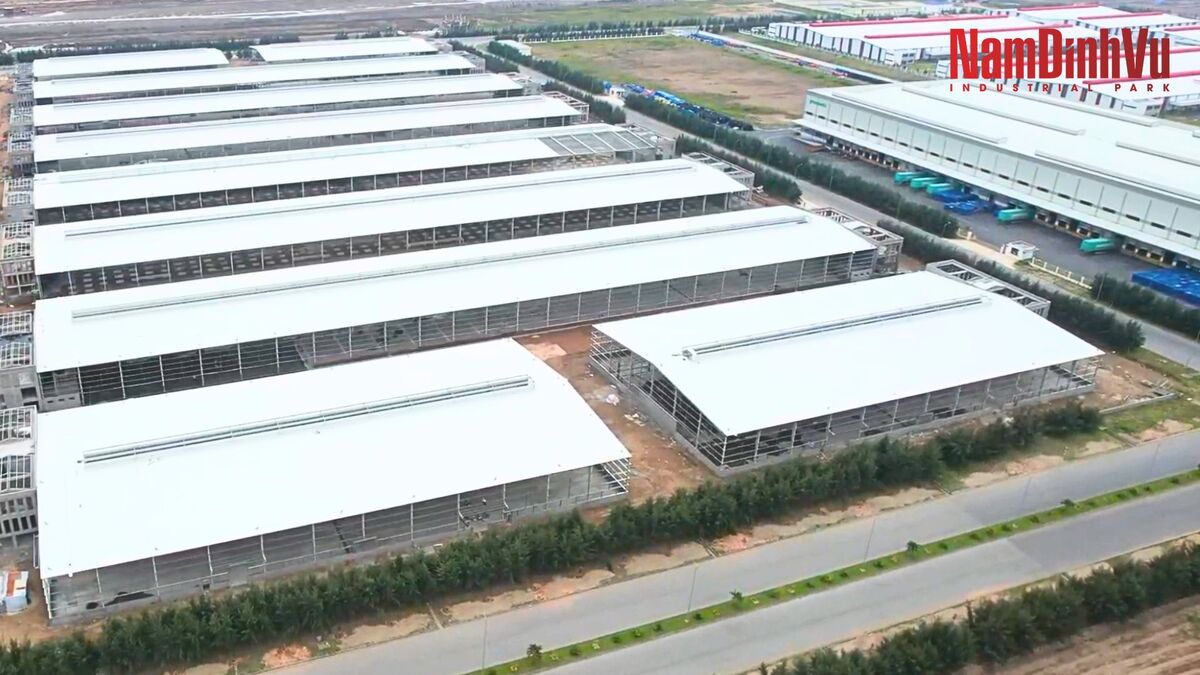Vietnam Real Estate Prices
Vietnam’s industrial real estate sector is poised for significant growth in 2025, driven by robust foreign direct investment (FDI), infrastructure development, and favorable government policies. This article provides an overview of the current market situation, rental price fluctuations, and future outlook.
Overview of Vietnam’s Industrial Real Estate Sector
Vietnam’s industrial real estate market has been experiencing steady growth, with over 400 planned industrial zones and an occupancy rate exceeding 80%. Key regions such as Binh Duong, Dong Nai, Bac Ninh, Hai Phong, and Long An continue to attract significant industrial investment. This upward trend is partly fueled by Vietnam’s improving business environment, growing trade relationships, and ongoing infrastructure upgrades. In addition, government support policies and regional development strategies have contributed to the diversification and expansion of industrial hubs nationwide. As more investors explore manufacturing relocation and supply chain restructuring, Vietnam remains a promising option in the broader Southeast Asian landscape.In particular, industrial parks like Nam Dinh Vu Industrial Park in Hai Phong are gaining attention for their strategic location, integrated logistics advantages, and potential to support export-oriented manufacturing and port-linked industries.(1)
Industrial Real Estate Market Situation in 2024
In 2024, the industrial real estate market showed signs of improvement, with increased supply and better absorption rates, particularly in key areas like Ho Chi Minh City, Dong Nai, and Bac Ninh. The northern region absorbed over 400 hectares, driven by substantial transactions in industries such as electronics and electric vehicles. In contrast, the southern region saw a 52% decrease in absorption, with only 265 hectares taken up compared to 2023. These regional differences highlight the evolving dynamics of investor interest and sector-specific demand. Factors such as shifting logistics strategies, changing production needs, and local infrastructure readiness continue to shape market performance across different provinces. While some areas face short-term adjustments, the overall sentiment in the market remains cautiously optimistic, with stakeholders monitoring future policy shifts and global economic influences.(1)
Rental Price Fluctuations and Market Trends
The rental price gap between the northern and southern industrial regions is gradually narrowing due to significant price increases in the northern region. By the end of 2024, the average rental price in northern industrial parks reached USD 137 per square meter for the remaining lease term, marking a 4.2% year-on-year increase. In the south, the average rental price reached USD 175, reflecting a 1.4% rise compared to the previous year. This gradual price adjustment may indicate a growing level of competitiveness and infrastructure parity between the two regions. Additionally, changing investor preferences, evolving supply chain strategies, and ongoing infrastructure development continue to influence pricing dynamics. While short-term fluctuations are expected, many developers and tenants alike are focusing on long-term value and strategic positioning when making leasing decisions.(2)
Outlook for 2025
Looking ahead to 2025, continued FDI inflows into Vietnam are expected to further fuel the growth of the industrial real estate sector. This growth is anticipated not only in major industrial hubs like Binh Duong and Bac Ninh but also in secondary markets such as Ba Ria – Vung Tau, Tay Ninh, and Binh Phuoc, driven by ongoing infrastructure development. These emerging locations are gradually gaining attention due to their improving accessibility and availability of industrial land. As global manufacturers and logistics providers seek to diversify and optimize their regional operations, Vietnam is likely to benefit from both new entrants and reinvestments from existing players. In this context, flexibility in land planning, clarity in policy, and supportive investment incentives will play increasingly important roles in shaping the landscape of 2025.(2)
Supporting Factors for Industrial Real Estate Growth
Several factors are contributing to the optimistic outlook for Vietnam’s industrial real estate sector:(2)
- FDI Inflows: Vietnam continues to attract significant FDI, particularly in high-tech industries, due to its strategic location and favorable investment environment. This steady flow of capital not only brings financial resources but also encourages knowledge transfer, technology advancement, and the establishment of global supply chains within the country. Over time, such trends may foster more sophisticated industrial ecosystems and diversified tenant profiles.
- Infrastructure Development: The government’s acceleration of key infrastructure projects, including transportation and logistics networks, is enhancing connectivity and making industrial zones more accessible. Projects such as highways, deep-water ports, and railways are gradually improving inter-provincial movement and regional trade. Though full completion may take time, these efforts contribute to the long-term competitiveness of various industrial clusters. Nam Dinh Vu Industrial Park, situated in Hai Phong with direct access to Lach Huyen Deep Sea Port, is a prime example of how location-linked infrastructure is boosting the attractiveness of specific industrial zones.

- Policy Support: Approved master plans for many provinces and cities for the 2021–2030 period are expected to resolve legal procedural bottlenecks for industrial parks, supporting the sector’s continued growth. These planning frameworks are seen as a proactive move to align industrial development with broader economic goals. While implementation remains complex, the existence of such roadmaps reflects the government’s commitment to structured and sustainable growth in the sector.
In conclusion, Vietnam’s industrial real estate sector is set for robust growth in 2025, underpinned by strong FDI inflows, infrastructure development, and supportive government policies. As rental prices continue to rise, particularly in the northern region, investors and businesses should closely monitor market trends and consider strategic locations for their operations.(1)
Source:
(1). Vietnam Briefing
(2). Vietnam Law
